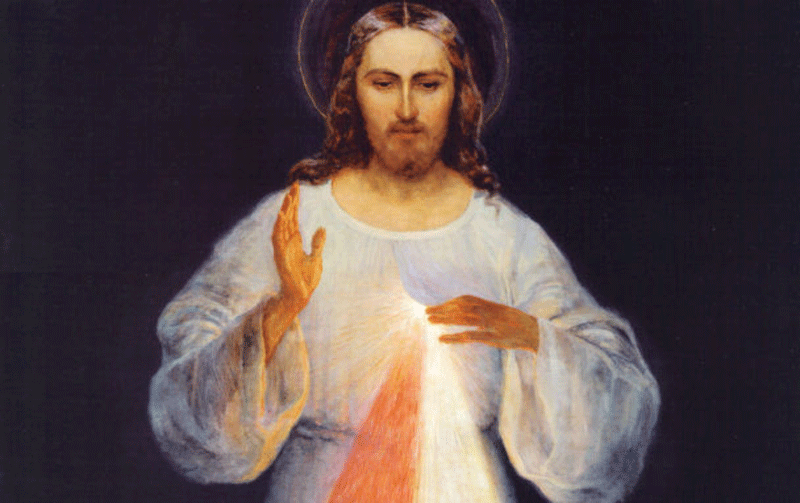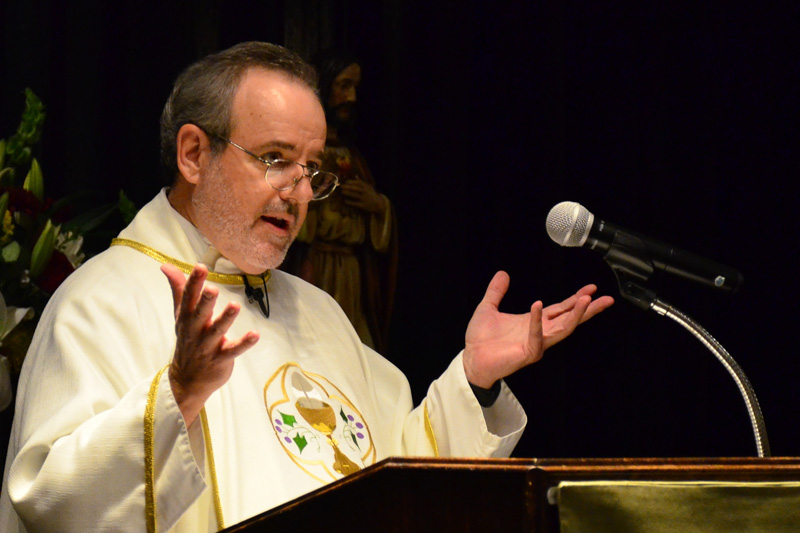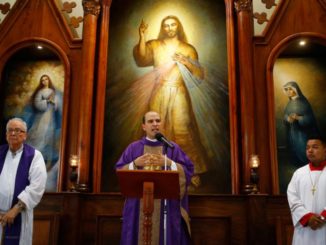
STOCKBRIDGE, Mass.—“Love and Mercy: Faustina,” a docudrama about the remarkable life of St. Faustina Kowalska and Divine Mercy, will return to theaters on Monday, Oct. 5, to honor the Feast of St. Faustina.
Pope Francis decreed earlier this year that St. Faustina’s feast day be added to the Roman Calendar as an optional memorial to be celebrated by all the Catholic faithful on Oct. 5, which also happens to be the anniversary of the saint’s death.
“Love and Mercy: Faustina” follows the call of St. Faustina to religious life and the healing effects of the Divine Mercy message on countless people around the world. The docudrama was written and directed by Michal Kondrat, a Polish filmmaker who experienced his own personal encounter with the Divine Mercy in his life. The film opened in Poland and the U.S. to sold-out audiences.
Tickets for the one-night-only encore showing of “Love and Mercy: Faustina” are now available and can be purchased online.
It will be shown in numerous theaters across South Carolina, all at 7 p.m. For a complete list of theater locations and to purchase tickets visit www.FathomEvents.com (theaters and participants are subject to change).
“Love and Mercy: Faustina” also is available to watch via a site license. Carmel Communications offers affordable licenses for your ministry or organization. You must own a site license to show this film in a parish, school or other public event setting. For more information, visit https://carmelcommunications.com.
“Divine Mercy is at the heart of the Gospel, and this fascinating docudrama reveals the history, devotion and power of one of the greatest messages for our times,” said Father Donald Calloway, author of “No Turning Back: A Witness to Mercy”.
“Love and Mercy: Faustina” begins with St. Faustina before Christ calls her to religious life and follows her as she answers Christ’s call and receives the image of the Divine Mercy in a vision in 1931 in a tiny town in Poland. The image does not become a tangible reality until years later when her confessor convinces a local artist to paint the image. While St. Faustina would not live to see the world venerate the image of the Divine Mercy, her confessor sought Vatican approval and was met with many obstacles. It wasn’t until Pope John Paul II took interest in the image and St. Faustina’s story that the image was spread worldwide.



